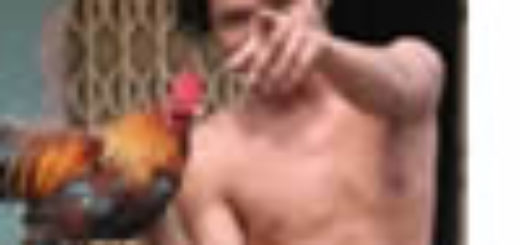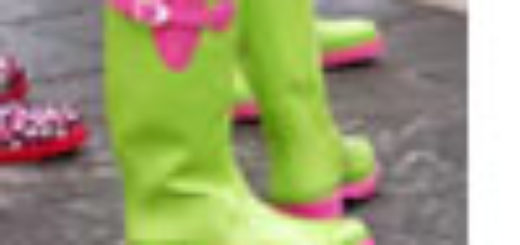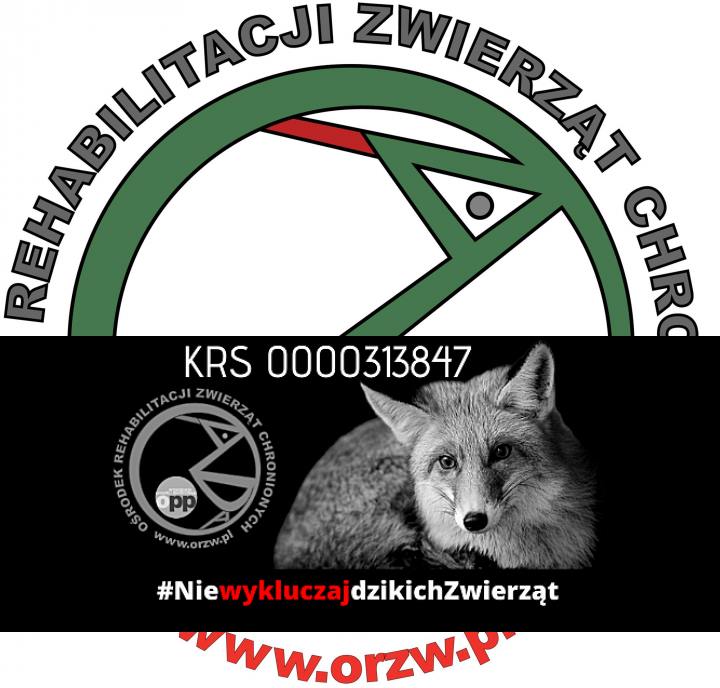Sapa, different Vietnam
Suddenly women in triangular hats vanish, the noise of a thousand motorcycles disappear, rice paddies start to mount on high slopes and streets are being packed with people wearing folklore clothes. North Vietnam being so different from the rest of the country is Mecca for cultural minorities and mountaineering lovers.
The acclaimed cultural and tourist capital of the region is a small town Sapa, located on the mountain slopes. This place is a temple of tranquillity, which at the same time is the centre of untouched culture of old tribes. There is a night train connection to Sapa from Hanoi, the capital of Vietnam. You can easily pop on the train in the evening and wake up in a completely different reality in the morning.
Minorities
Vietnam is inhabited by numerous minorities and tribes. The region of Sapa is dominated by Black Hmong and Red Dao, two tribes that came here from the Chinese province Tonkin almost 300 years ago. Black Hmong is the largest community in this area of country, around 600,000 people. Their traditional profession still remains agriculture. Men are mostly involved in the cultivation of rice, corn and other pod plants. One of the extraordinary things in this region is that people preserved the tradition of living their lives as their ancestors used to do and they wear their characteristic traditional uniform. To emphasize, this is not a trick to attract tourism into this region, but a genuine influence of their ancestors.
The culture of Cannabis
Huge interest and some controversy focus around the fact that all clothes are made from hemp. Cannabis is one of the oldest plants cultivated to produce thread and gives three times more fibber than cotton. It is also used to produce one of the most common drug, called after Mexican slang, 'marihuana’. Being forced by the United States, International Organisations have been trying to introduce a law to prohibit the cultivation of this plant. But in Vietnam cultivation of cannabis has many ages of tradition and apart from tourists looking for adventures nobody else is interested in smoking it. The locals say that hemp is 'a women thing’. Following the tradition, women supervise the whole process that starts from sowing, through cultivating and then harvesting, separating fibbers and finally making threads. Apart from growing cannabis, their daily life routine includes collecting wood for the fire, preparing meals, bringing up children, and fetching products to the local market.
The name Black Hmong stems from the colour used to dye they clothes. They use a genuine organic pigment of indigo (deep blue). What is interesting to produce the pigment, popular ingredients for its production are child urine, especially young boys, lemon juice or rice wine. The culture of wearing customary clothes is so strong that even in summer time, when temperatures reach 30 degrees Celsius, Hmong don’t take off their traditional clothes. Even today these tribes haven’t adapted to the local climate conditions.
{gallery}wietnam1{/gallery}
French silver
Tribes living in the region of Sapa are famous for producing fine local jewellery. The silver used to produce necklaces, bracelets, earrings and rings has been melted from French coins. In 19th century Sapa was a popular spa and mountain resort for French soldiers residing in Vietnam. Till this day the highest number of tourists comprises of sentimental French. Jewellery worn by the locals has mainly spiritual meaning as they believe it can protect against bad spirits and help to keep the balance between soul and body.
’Vietnamisation’
One of biggest threats of contemporary North Vietnam is poor educational standards. The Communist government in Hanoi has been following a policy of assimilating the minorities into the Vietnamese culture for many years. For this reason Black Hmong parents prefer not to send their children to school being afraid of 'vietnamisation’ and losing their integrity with Hmong culture and language. Regarding the tradition, children help in housework or look after the rest of their siblings. Nowadays things slowly change with more and more tourists coming into that region of the world. Children are often sent to sell souvenirs in the streets or to provide guidance for foreigners. Many of them being very young can still speak fluent English and bring much more income to the household than the rest of the family working on the rice cultivation.
{gallery}wietnam2{/gallery}
Contemporary threats
The tourism boom started in the 90’s when the authorities allowed foreigners to visit that area. In 2006 Vietnam was visited by more than 150,000 tourists from all over the world. Although tourism supports local economy of that region it has changed local culture and unique traditions which managed to remain the same for centuries.
Before 1990 most national income used to come from agriculture, but now many of the Black Hmong have their own guest houses and lodges and they gave up their traditional work for hotel and tourist service. A Good example of such changes is the local market organised ever week. It used to be the most important day of a week, on which people gathered together to sell their products. Nowadays people still come from neighbourhood villages but they sell completely different things, mainly souvenirs or items that might attract attention of visitors coming in large numbers.
Hope
Sapa is one of my favourite places in Asia. The charm of this region is its people. Black Hmong are people proud of their culture and protecting it from western globalization. Let’s hope they will be able to protect their national heritage.
Wojtek Wójcik





